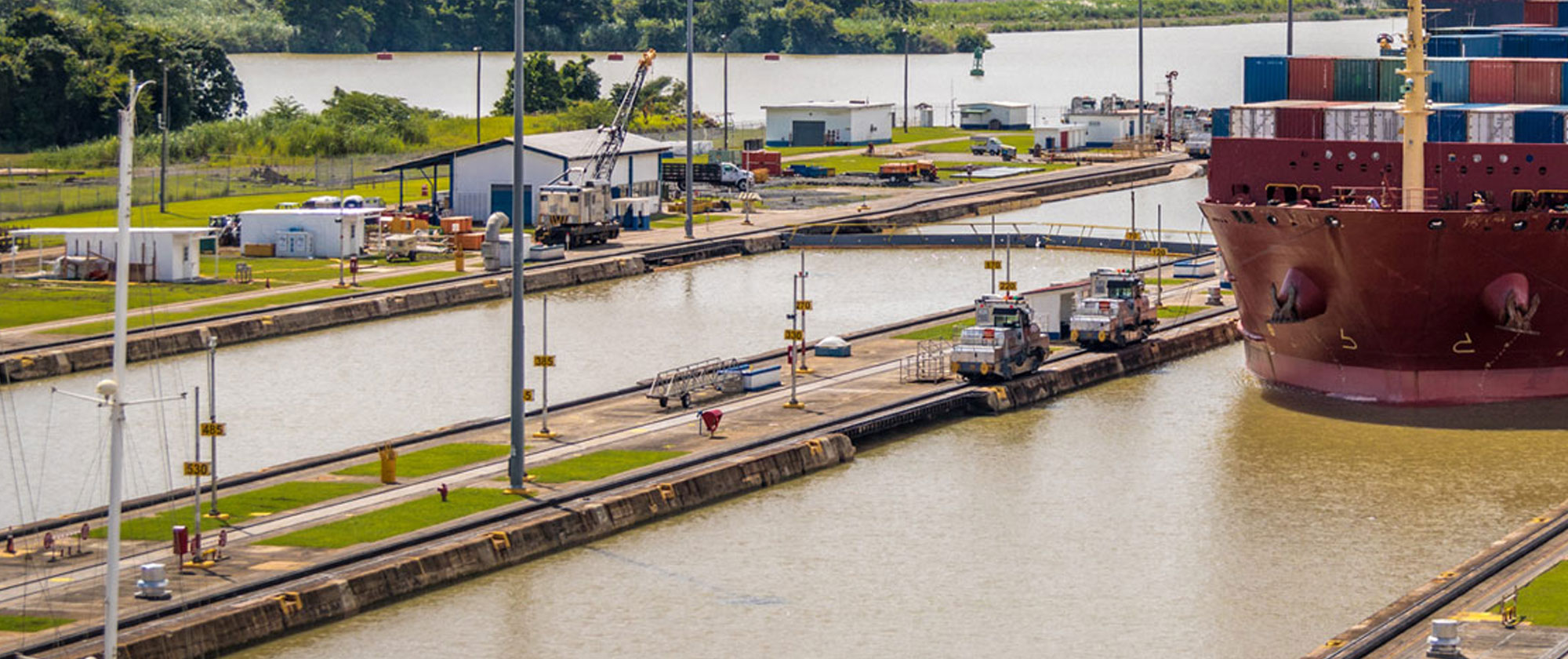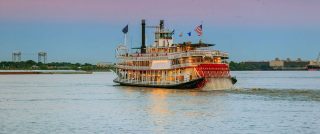There has been a sharp increase in the flow of traffic through the Panama canal. It is estimated that by 2025, annual traffic will rise to 510 million tonnes
The international maritime trade got a major boost this year, following the implementation of the Panama Canal Expansion in June 2016, the largest development project in the region since the original construction of the canal. The expansion includes the creation of a new lane of traffic with the construction of a new set of locks, thus doubling the waterway’s capacity.
Earlier, the locks allowed the passage of vessels up to 5,000 twenty-foot equivalent units (TEUs). The new locks allow larger ships, with capacities of 13,000 to 14,000 TEUs, to traverse through the canal that links the Atlantic and Pacific Oceans. The expansion has doubled the canal’s capacity -this has a direct impact on economies of scale and international maritime trade.
The expansion in June will even impact the movement of passenger ships along the 50-mile waterway. In the current cruise season – October 2016 to April 2017 – more than 230 cruise ships will be transiting through the Panama Canal.
Boosting maritime traffic
The main objective of the expansion programme was to increase capacity to meet demand growth with enhanced customer service. The ambitious project, executed over a 10-year period, has seen the installation of a third set of locks, costing about $3.2 billion.
Construction work on the $5.25 billion project began in 2007. It included the construction of a new set of locks on the Atlantic and Pacific sides of the waterway and the excavation of more than 150 million cubic metres of material, creating a second lane of traffic and doubling the cargo capacity of the waterway.
The expansion’s locks are 70 feet wider and 18 feet deeper than the original ones, but they use less water because of basins that recycle 60 per cent of the water used per transit.
The Panama Canal Expansion is the largest project since its original construction. Work on the Panama Canal first began in 1881, when France took up the project. However, high worker mortality rate and other problems saw it abandon the project. More than two decades later, the US took over the project and opened the canal on August 15, 1914, as the first link between the Atlantic and the Pacific Oceans.
The US continued to control the Panama Canal Zone until 1977; the next two decades saw the two countries jointly manage the canal. Since 1999, Panama has been managing this key channel. The canal’s enhancement project was taken up after more than 75 per cent of Panamanians approved it in a nationwide referendum in 2006.
Suezmax sails through Panama Canal
“Shipping jargon often includes terms that link geography and technical details to vessels. Thus, you have terms like Capesize vessels — bulk carriers that cannot pass through the Suez Canal and have to go round the Cape of Good Hope; the Suezmax, which are large and can transit through the Suez Canal in a laden condition; and Panamax, Malaccamax and Seawaymax and Haldiamax (vessels that can go through the Panama Canal, Strait of Malacca and Saint Lawrence Seaway and Haldia in India respectively).
The modernisation of the Panama Canal has seen it cater for the first time to Suezmax-sized vessels. With a deadweight of 130,000 to 160,000 tons, Suezmax vessels can carry up to one million barrels of oil. The Greece-flagged vessel Aegean Unity, which was built this year, was the first Suezmax crude oil tanker to sail through the Panama Canal and has since been used by many tankers, larger vessels and passenger vessels. “













